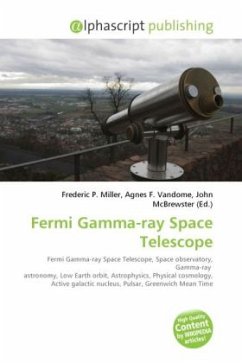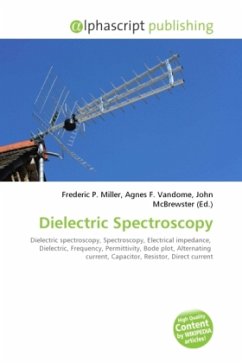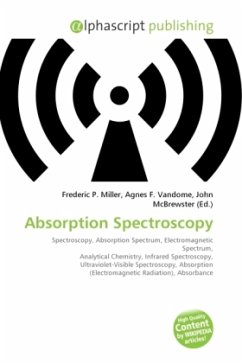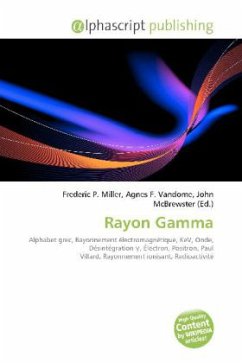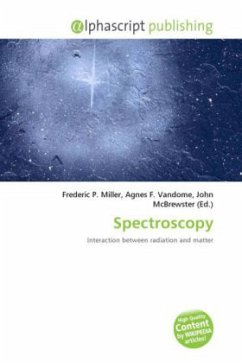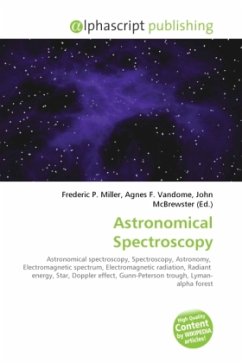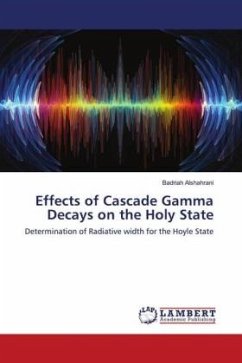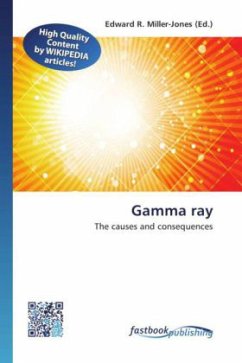
Gamma Spectroscopy
Versandkostenfrei!
Versandfertig in 6-10 Tagen
23,99 €
inkl. MwSt.

PAYBACK Punkte
12 °P sammeln!
Gamma spectroscopy involves the spectroscopy of radionuclides. While a Geiger counter determines only the count rate, a gamma spectrometer also determines the energy of gamma rays emitted by radioactive substances. Most radioactive sources produce gamma rays of various energies and intensities. When these emissions are collected and analyzed with a gamma spectroscopy system, a gamma energy spectrum can be produced. A detailed analysis of this spectrum is typically used to determine the identity and quantity of gamma emitters present in the source. The gamma spectrum is characteristic of the ga...
Gamma spectroscopy involves the spectroscopy of radionuclides. While a Geiger counter determines only the count rate, a gamma spectrometer also determines the energy of gamma rays emitted by radioactive substances. Most radioactive sources produce gamma rays of various energies and intensities. When these emissions are collected and analyzed with a gamma spectroscopy system, a gamma energy spectrum can be produced. A detailed analysis of this spectrum is typically used to determine the identity and quantity of gamma emitters present in the source. The gamma spectrum is characteristic of the gamma-emitting nuclides contained in the source, just as in optical spectroscopy, the optical spectrum is characteristic of the atoms and molecules contained in the probe. The equipment used in gamma spectroscopy includes an energy-sensitive radiation detector, a pulse sorter, and associated amplifiers and data readout devices. The most common detectors include sodium iodide scintillation counters and high-purity germanium detectors.



